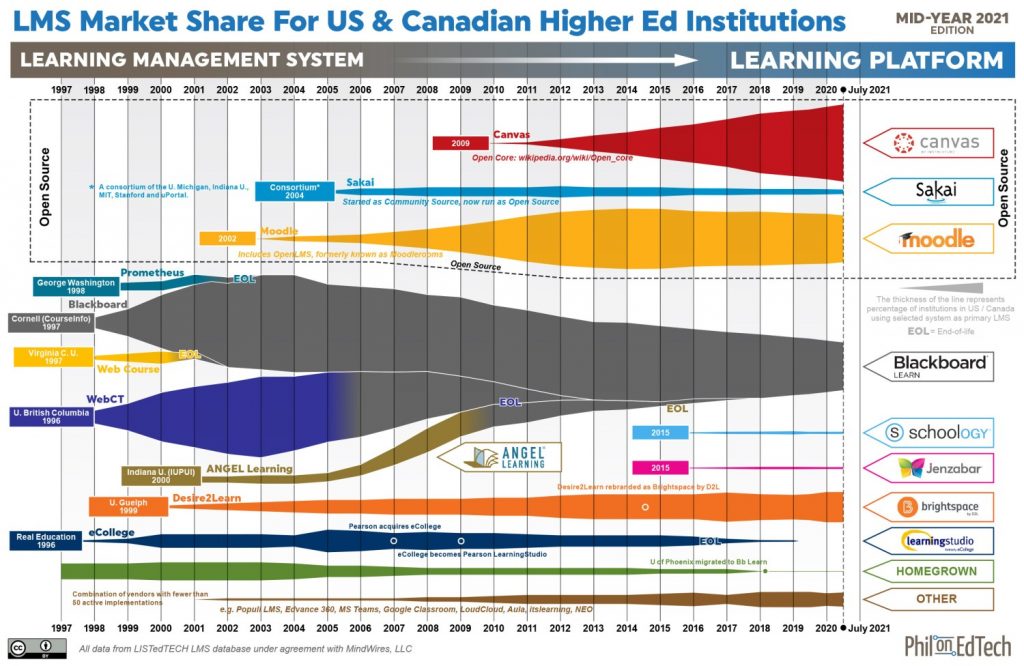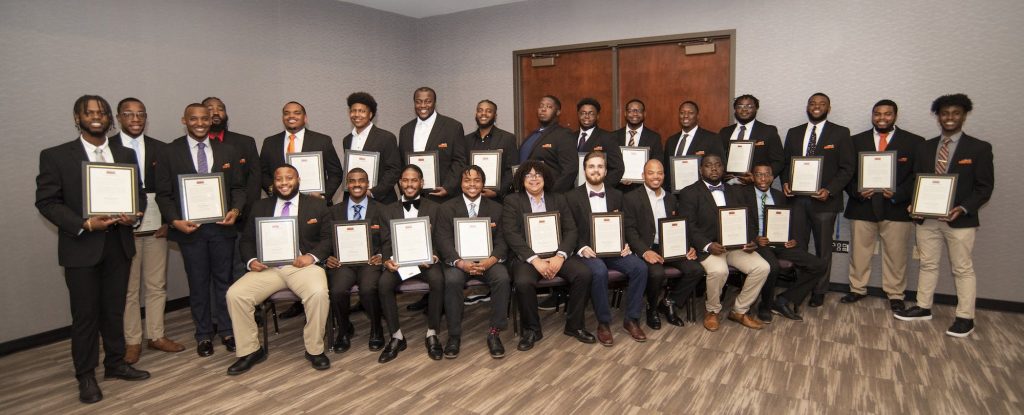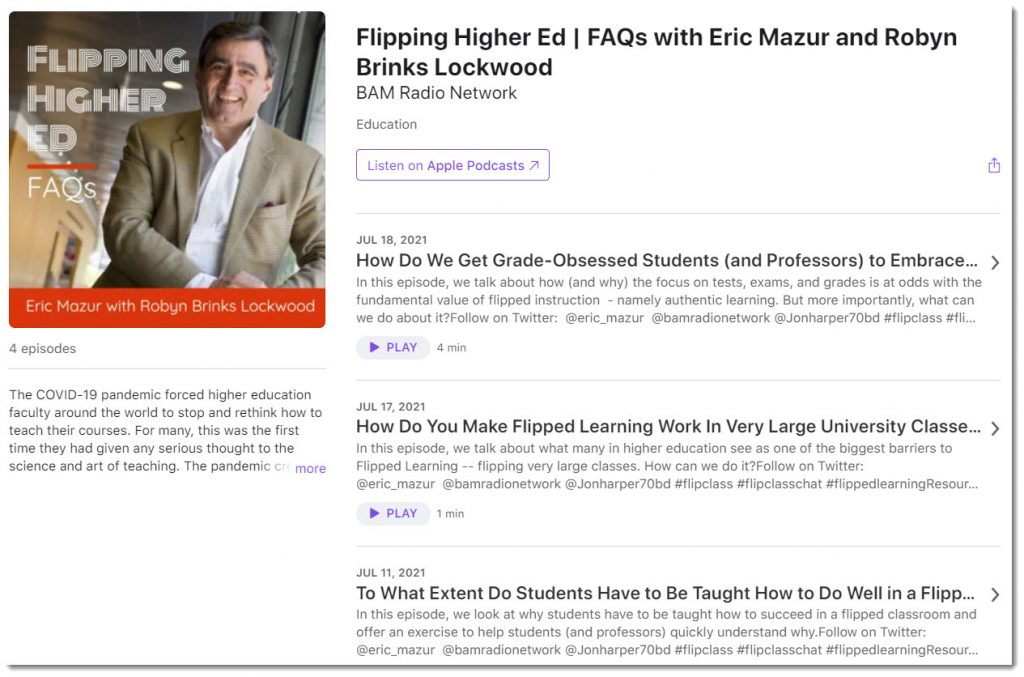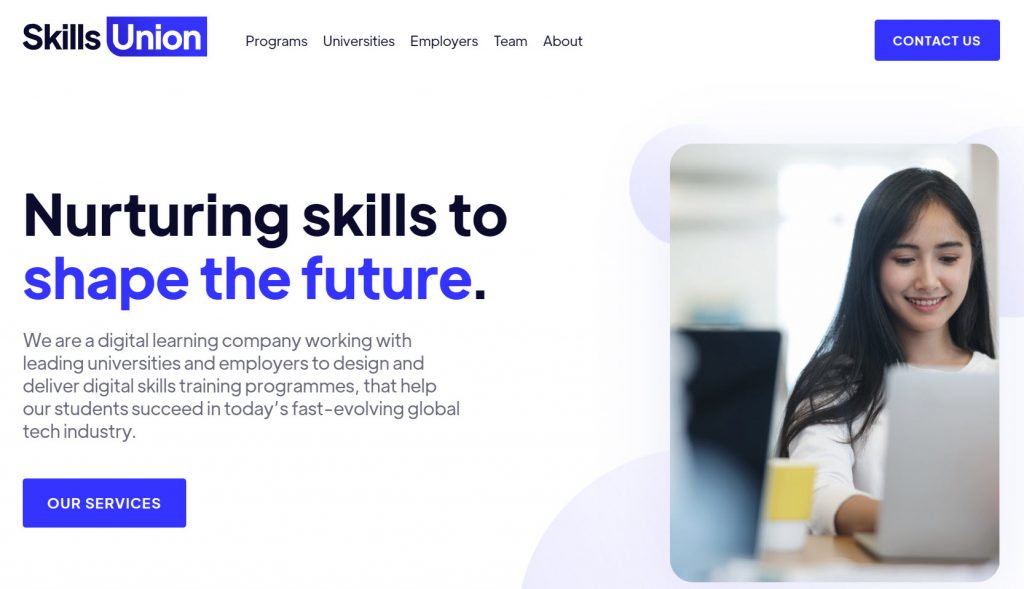Recording of “The Future of Education Collaborative for Higher Education” on 8/12/21 — this event was sponsored by Instructure and AWS
From DSC:
One of the most interesting items for me in this was to hear how one university is allowing students to drive the Request For Proposal (RFP) process – giving students much more VOICE. Staff and faculty are consultants but students have the final say! Wow!
Also, I agree with the idea that the market will drive changes within higher education. But for that to occur more significantly:
- Employers need to hire more people from a variety of backgrounds and that come into their interviews with a greater variety of credentials.
- The accrediting agencies involved with higher ed are going to need to become more innovative and flexible.
- And the elephant in the room for me is that faculty members are going to have to come to the realization that those organizations/courses of the future that will thrive and have the most impact will be much more team-based and will be based upon what the market needs (i.e., better alignment is needed between the corporate/business world and the world of higher education). For far too long, the faculty member has been the sole person at the table….the person holding the steering wheel…the person in control of everything that gets presented and how it gets presented….the person who decides what they want to teach (vs. what the market actually needs) and how they want to teach it.
Finally, I bet AWS and Zoom could have said a LOT more than they actually said.














